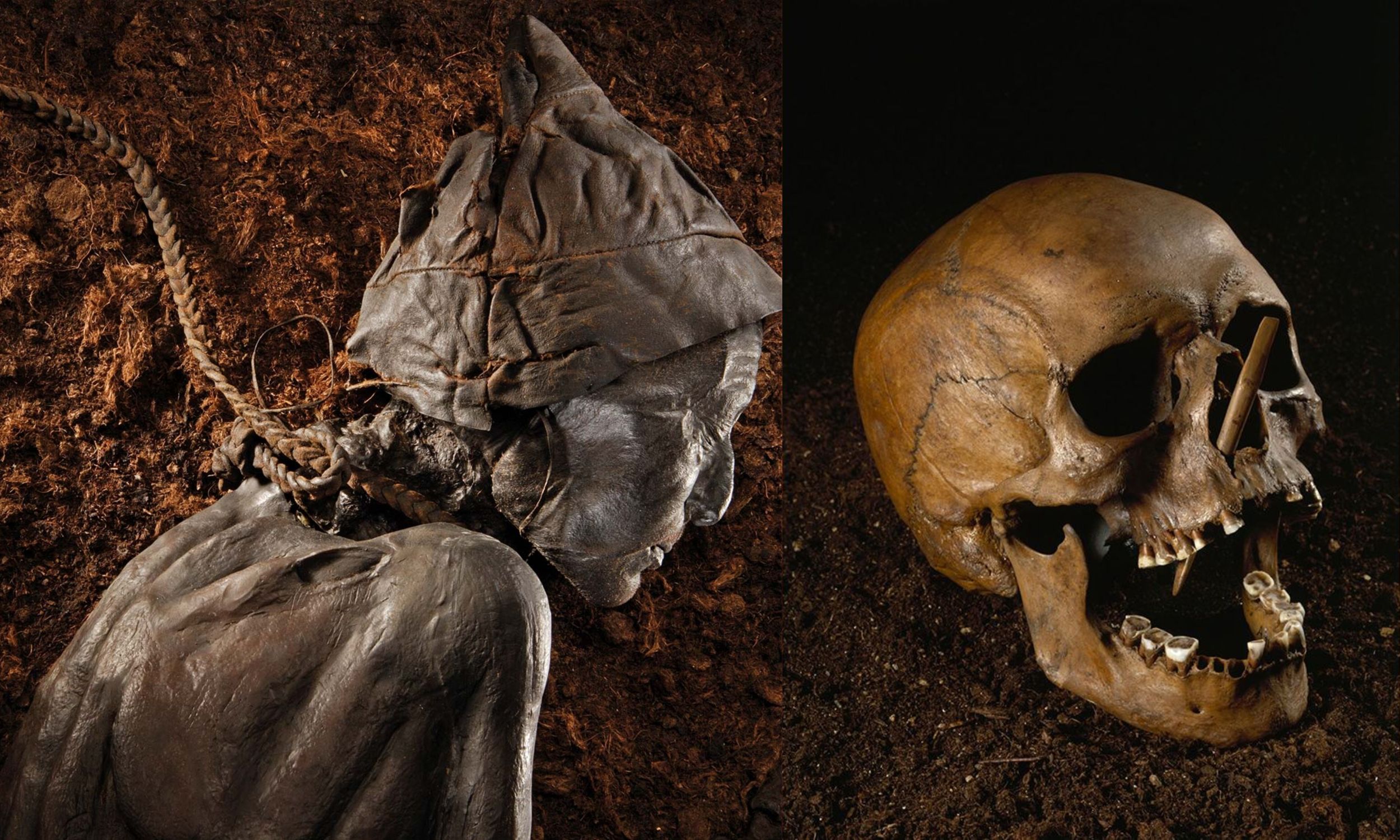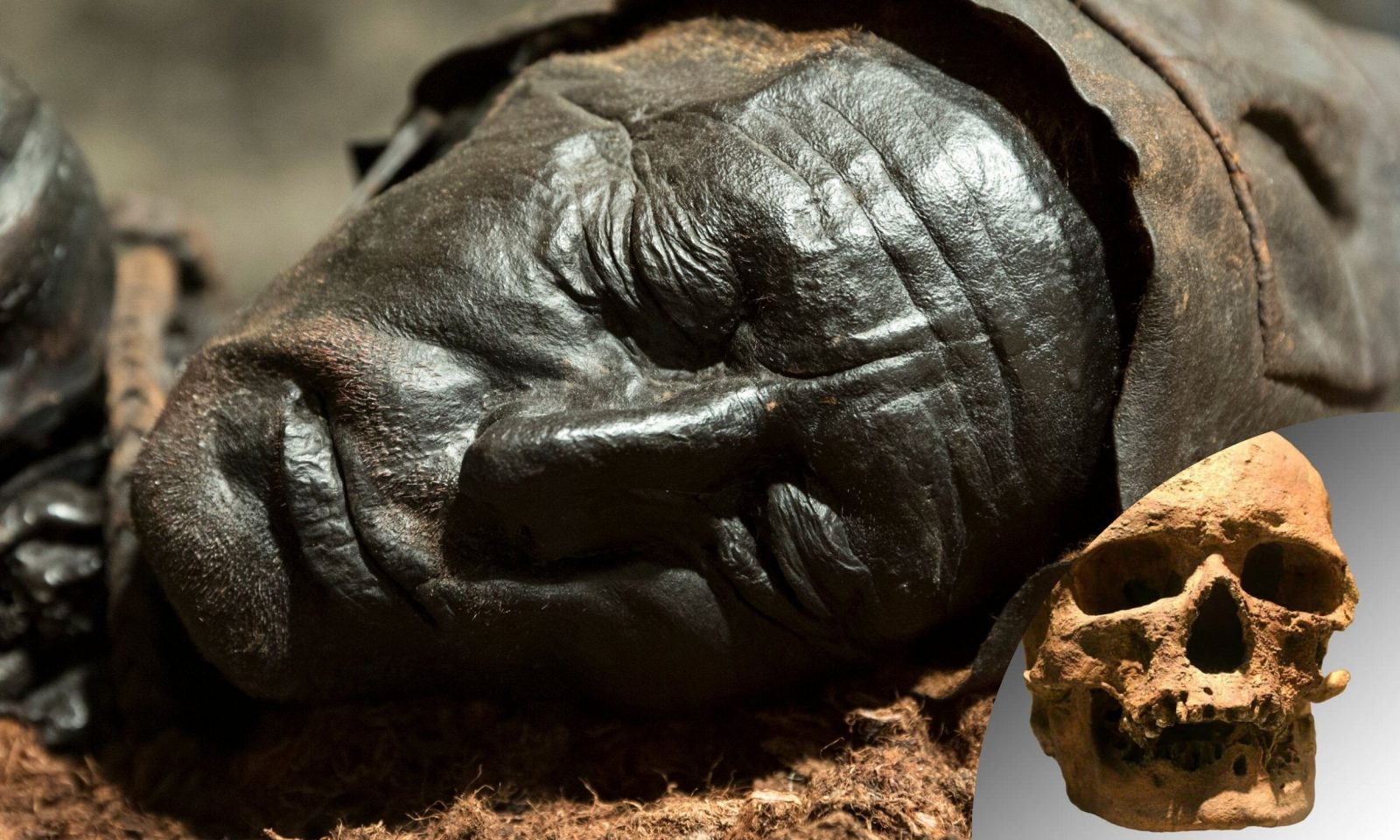In the year 1984, a peat cutter stumbled upon a chilling discovery in a Cheshire bog: the well-preserved remains of a man who had met a violent end 2,100 years ago.
This unfortunate individual, known now as Lindow Man, had endured multiple head injuries, a possible stab wound, and a broken neck. Additionally, twisted sinew wrapped around his neck suggested he may have been garotted.

Currently housed in the British Museum in London, Lindow Man is among Europe’s 2,000 “bog bodies,” mummies, and skeletons preserved in the peat and wetlands of regions including Ireland, the United Kingdom, the Netherlands, Germany, Scandinavia, and Eastern Europe.
These bodies, often remarkably well-preserved by the bogs’ cool, acidic conditions, offer archaeologists a fascinating look into the past. Researchers examine their skin, bones, clothes, belongings, and sometimes even their last meals.
A recent comprehensive survey of bog bodies aims to build a fuller understanding of this ancient burial tradition, believed to span 7,000 years.
Roy van Beek, an assistant professor at Wageningen University in the Netherlands and coauthor of the study, emphasized the importance of looking beyond a few spectacular finds. He cautioned against drawing conclusions too quickly based on limited data.
Van Beek and his team compiled data on 1,000 bog bodies from 266 sites, revealing intriguing patterns published in the journal Antiquity. While some bog bodies likely resulted from accidental deaths, the team found that many were deliberately killed and placed in bogs.
Of the 57 individuals for whom the cause of death was determined, 45 had met violent ends, with two major periods of violent deaths identified between 5200 BC and 2800 BC and 1000 BC to 1100 AD.
Some bodies, like Denmark’s Porsmose Man and Tollund Man, showed clear signs of violent death, with arrowheads embedded in bones and evidence of hanging. While ritual sacrifices were one explanation, van Beek suggested other possibilities, including murder, execution, or social transgression.
The study categorized bog bodies into bog mummies, bog skeletons, and partial remains, revealing a burial tradition that originated in southern Scandinavia around 7,000 years ago and spread across Northern Europe.
This tradition continued into the Medieval period and early modern times, peaking during the Iron Age and Roman era. Sites like Alken Enge in Denmark, where over 380 individuals killed in conflict were found, underscore the cultural importance of these bogs.
Van Beek highlighted that while bogs are known for their natural qualities and biodiversity, they also serve as invaluable cultural archives, providing high-quality evidence of human behavior over millennia.
































Leave a Reply